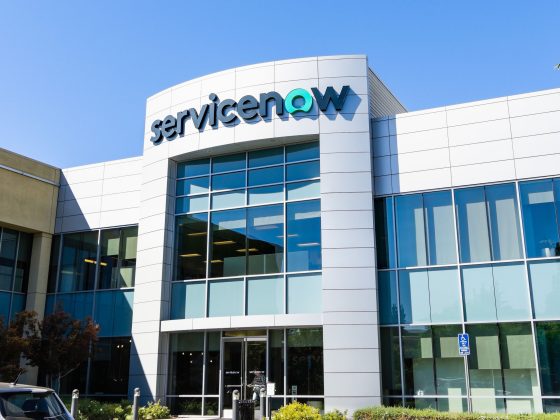The iShares iBoxx High Yield Corporate Bond ETF (HYG) and the JPMorgan Equity Premium Income ETF (JEPI) ETFs have grown to become some of the most popular dividend funds among retirees, accumulating $35 billion and $15 billion in assets. So, which is a better dividend fund between the two?
What is the iShares iBoxx High Yield Corporate Bond ETF?
The HYG ETF is a fund that tracks the biggest junk-rated companies in the United States. Historically, junk-rated companies always pay a higher return than investment-grade ones because of their substantial risk.
Ideally, a highly-rated company like Johnson & Johnson will pay a lower interest rate on bonds because of its strong balance sheet and strong free cash flow. On the other hand, a junk-rated company like AMC has a substantial debt load and whose business is slowing.
The HYG ETF does well when corporate default rates are low, as we have seen in the past few years even as interest rates have remained elevated. As a result, the fund’s total return in the last twelve months was 15%, while the three-year return was 7.38%.
The HYG comprises 1,263 companies that have received a junk rating from agencies like Moody’s, S&P Global, and Fitch. Most of these firms are in the consumer cyclical industry followed by communications, consumer non-cyclical, energy, and capital goods.
The biggest company in the fund is Clear Channel Outdoor Holdings (CCO), which has $183 million in cash against long-term debt of $5.6 billion and capital leases of $1.2 billion.
The other big name in the HYG ETF is Transdigm, a firm that has accumulated over $24 billion in liabilities. Other top firms in the fund are Venture Global LNG, Tenet Healthcare, Cloud Software, Bausch Health, and Medline Borrowers.
I believe that the HYG ETF will do relatively well as the Federal Reserve starts cutting interest rates. Recent data shows that the 10-year yield has dropped to 3.7% while the 30-year has moved to 4.31%. Most importantly, the yield curve has emerged from its deepest inversion as conditions normalise.
Therefore, the HYG fund, which yields 5.4% could see more inflows from investors as default risks ease. Also, it will benefit now that the US has dodged a hard landing, as some analysts were expecting.
JPMorgan Equity Premium Income (JEPI)
The JEPI ETF is a significantly different one to HYG. It is an actively managed boomer candy ETF that invests in 133 carefully selected American companies. The biggest names in the fund are Trane Technologies, Progressive, Meta Platforms, Southern Company, Amazon, Microsoft, and ServiceNow.
In addition to this, the fund uses the options market to generate returns. After buying these stocks, the fund then sells call options tied to the S&P 500 index. It specifically uses equity-linked notes with exposure to the index and then receives options premium.
Therefore, the fund first benefits when the 133 companies it has invested in rise. Historically, American stocks tend to do well in the long term, which explains why the fund has had positive returns since its inception.
The options segment also does well when the stock market is rising. The challenge, however, is that if the S&P 500 index rises too much, these gains are often capped.
HYG vs JEPI performance
Data shows that the JEPI ETF has a dividend yield of about 7.0% and an expense ratio of 0.35%. In contrast, the HYG fund has a smaller yield of 5.8% and an expense ratio of 0.49%. Therefore, based on these high-level metrics, JEPI is a better fund for dividend investors.
Looking at their annual performance, we see that the JEPI ETF had a 21% return in 202, followed by negative 3.52% in 2022 and 9.81% in 2023. Its performance in 2022 is notable because American stocks crashed in that year, with the SPDR S&P 500 Trust (SPY) falling by 18%. This is a sign that the fund will mostly do better during bear markets.
The HYG ETF, on the other hand, had a total return of 3.75% in 2021 followed by an 11% retreat in 2022 and an 11.53% gain in 2023. As shown above, HYG’s total return in the last three years was 7.3%, while JEPI returned 27%.
Therefore, while the two funds are good for dividend investors, I feel like the JEPI fund is a better fund. It has a big exposure to many large American companies and has a record of paying higher dividends than the HYG.
However, as I have written before, one of the best ways to invest in the long term is to focus on benchmark indices like the S&P 500 and Nasdaq 100.
The post HYG vs JEPI: Which is the better dividend ETF to buy? appeared first on Invezz


